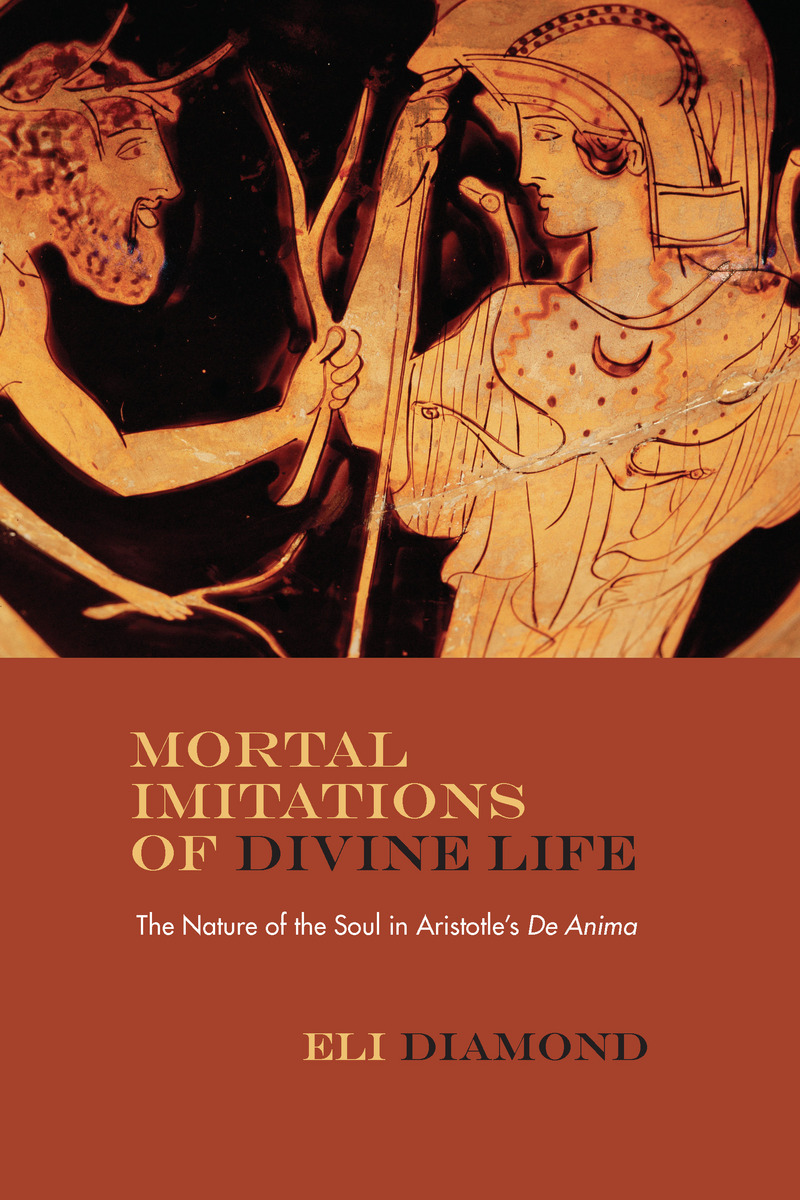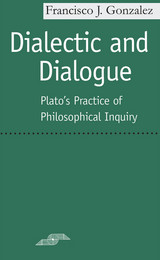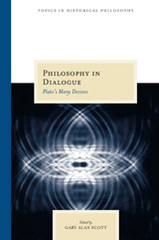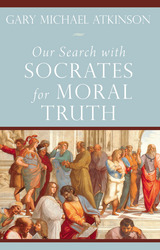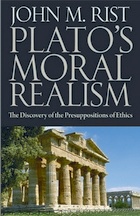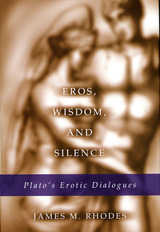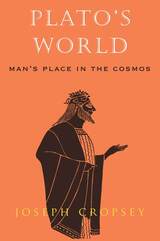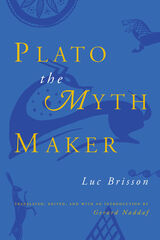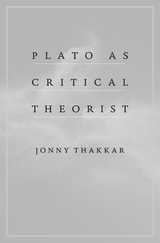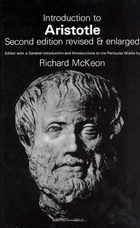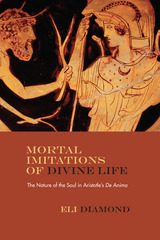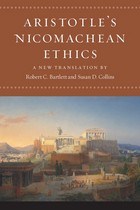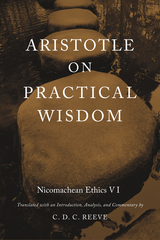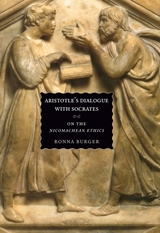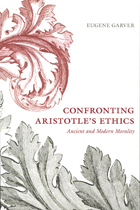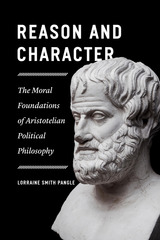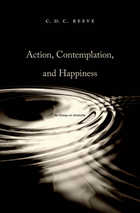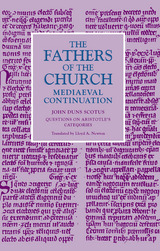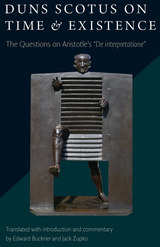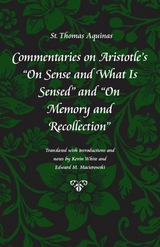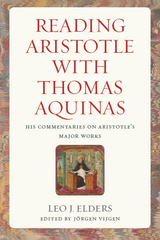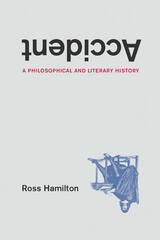eISBN: 978-0-8101-3070-8 | Paper: 978-0-8101-3178-1 | Cloth: 978-0-8101-3069-2
Library of Congress Classification B415.D53 2015
Dewey Decimal Classification 128
In Mortal Imitations of Divine Life, Diamond offers an interpretation of De Anima, which explains how and why Aristotle places souls in a hierarchy of value. Aristotle’s central intention in De Anima is to discover the nature and essence of soul—the principle of living beings. He does so by identifying the common structures underlying every living activity, whether it be eating, perceiving, thinking, or moving through space. As Diamond demonstrates through close readings of De Anima, the nature of the soul is most clearly seen in its divine life, while the embodied soul’s other activities are progressively clear approximations of this principle. This interpretation shows how Aristotle’s psychology and biology cannot be properly understood apart from his theological conception of God as life, and offers a new explanation of De Anima’s unity of purpose and structure.
See other books on: Aristotle | De anima | History & Surveys | Movement (Philosophy) | Soul
See other titles from Northwestern University Press
